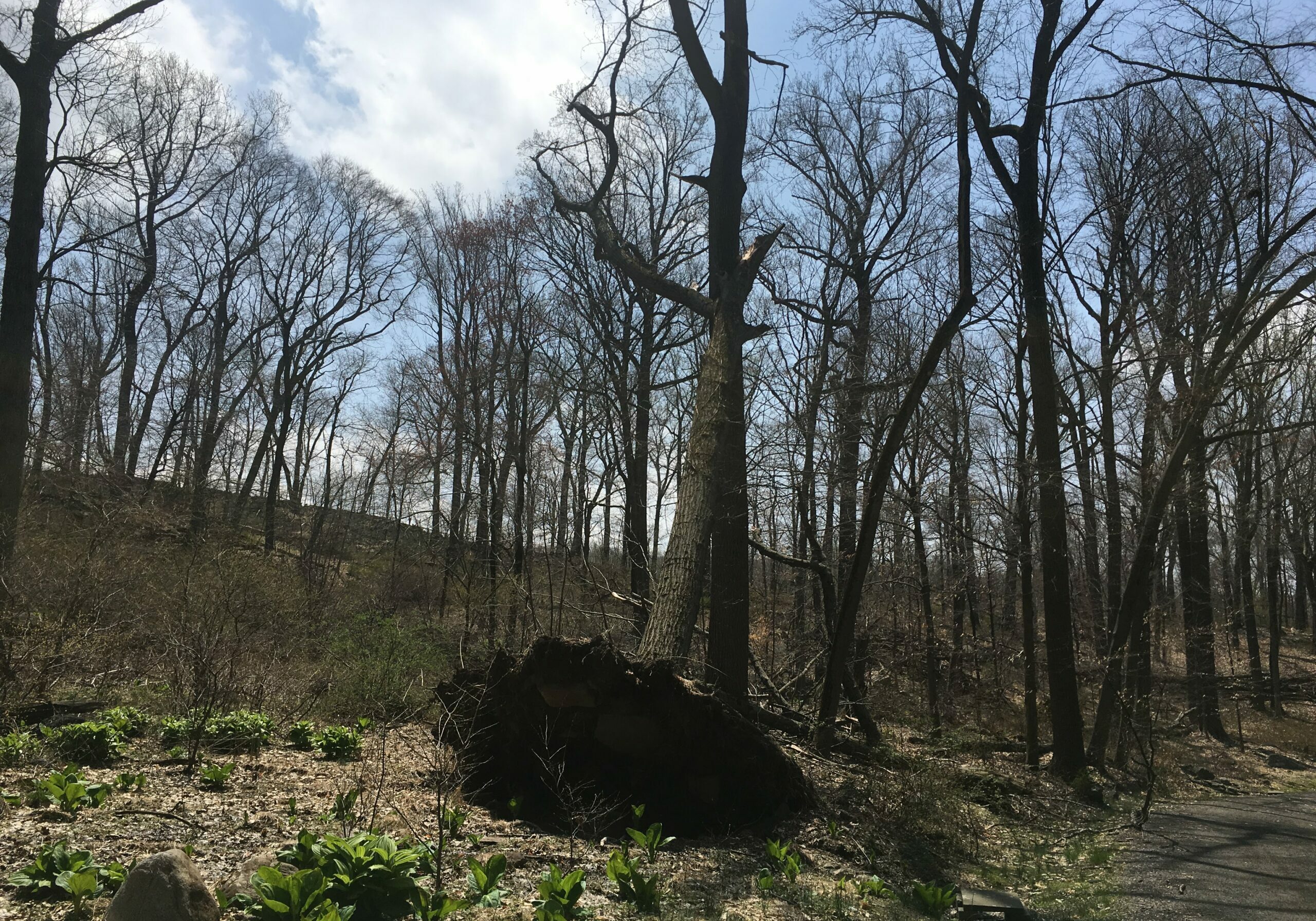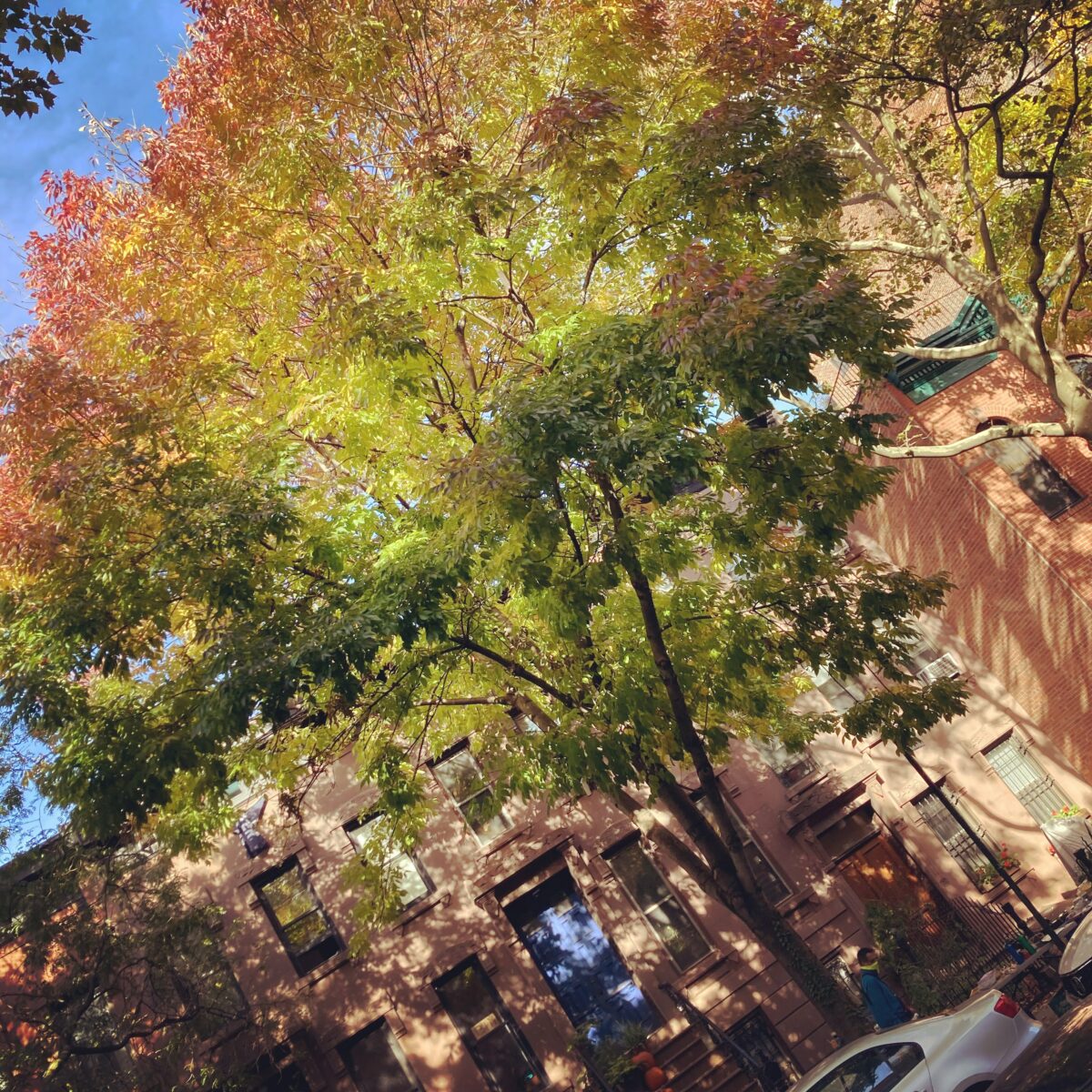December 20, 2021
Keeping everyone on the team on the same design page

Despite my colorblindness, inability to draw a straight line, zero attention to detail, apathy towards fashion and disinterest in fine art, design is something that has always been important to me.
Maybe not in the way it is for a painter, architect or software engineer, but it still matters. Having launched hundreds of creative projects, both for myself and on teams, and having hired and collaborated with hundreds of designers in many disciplines, there is a philosophy of design that guides my work.
Here are a few of the highlights, and then I’ll share one tool in particular that’s been helpful in the creative process.
Design isn’t just the act of creation, it’s the act of deciding what to create.
Design is an activity that translates an idea into a blueprint for something useful.
Design isn’t a veneer we apply after the hard work is done, design is the hard work.
Design starts on one and is part of everything and should be built into the ideas before they get finished.
Design is choosing to champion the beautiful and investing as much energy as possible in making your art an organism that evokes emotion.
Okay, enough philosophy. How about an actual tool you can use? No problem.
One that’s helpful for me is creating a design checklist at the beginning of a project to guide the team’s creative efforts. It’s called end framing, which is when you paint a compelling, detailed picture of the project’s desired future so you can make meaningful strides toward it.
This tool is especially effective when you’re in a creative director role with employees, freelancers or vendors who are executing work under your supervision. As an example, during the six month development of my personal creativity management software, I wrote out a checklist of questions to keep everyone on my team on the same page, design wise.
The goal wasn’t to overly control their efforts, but rather, gave them a filter against which to measure their work. Constraints within which they could feel free to do their best creative work.
Is there a visual wow factor?
Does it have texture and depth?
Would it elevate above competing offerings?
Is there a tangible, product based thingness to it?
Is it professional, elegant, but also artistic?
Does it look like a valuable tool people would pay real money for?
Anyway, that’s my design philosophy.
This end framing checklist helps me organize my thinking around a particular creative project. Even if I can’t draw a straight line or tell what color that line is.
If everyone did exactly what you said, what would the world look like?

